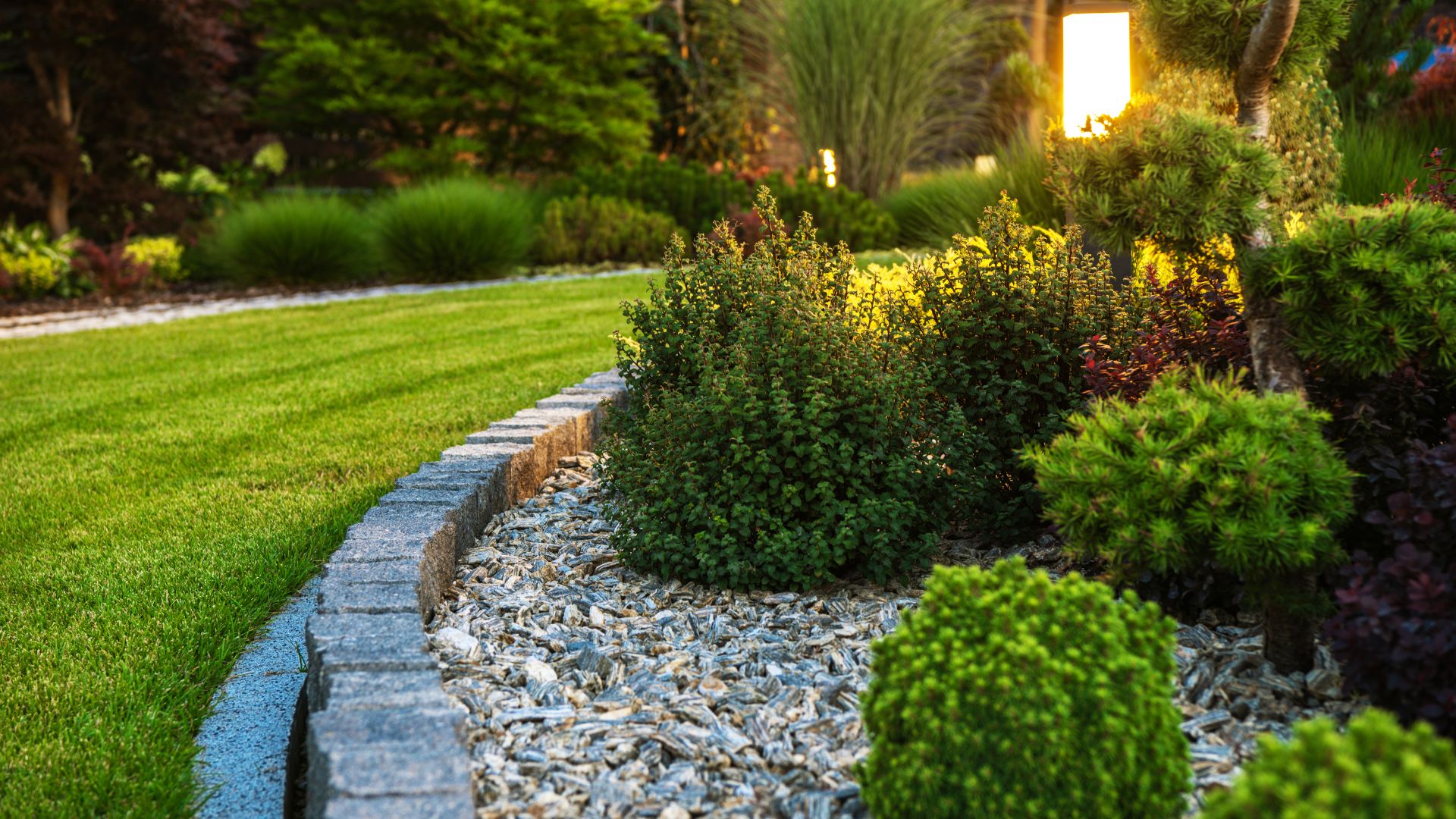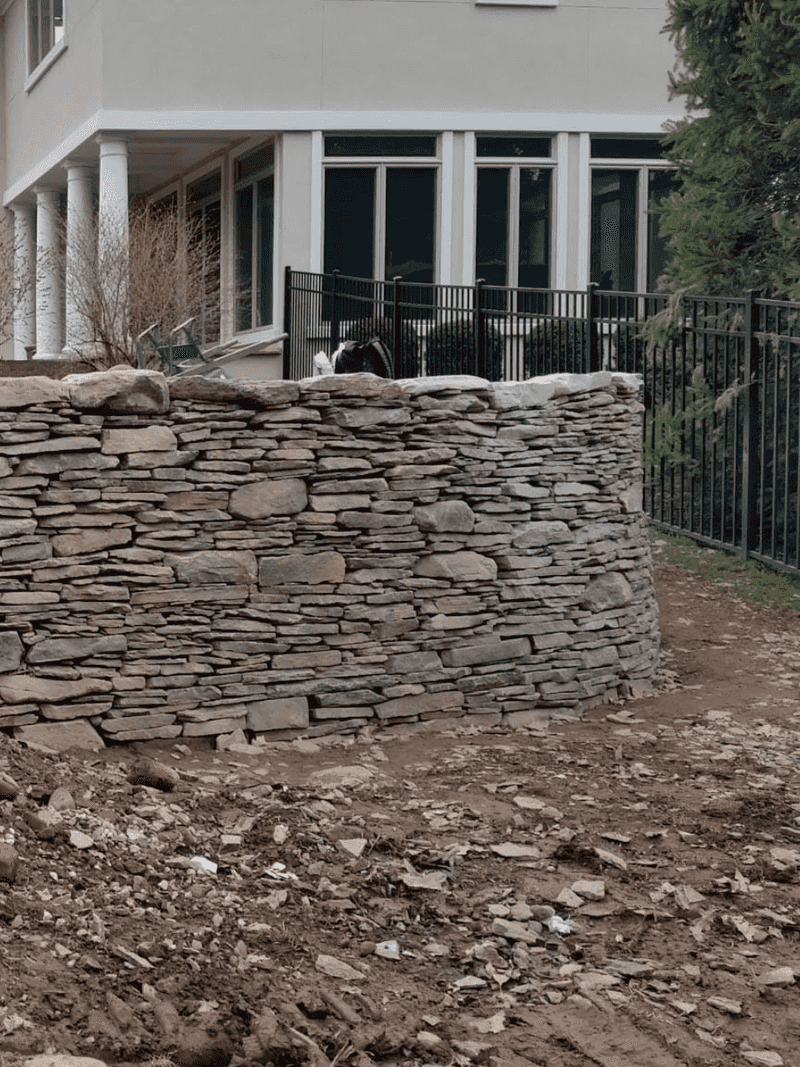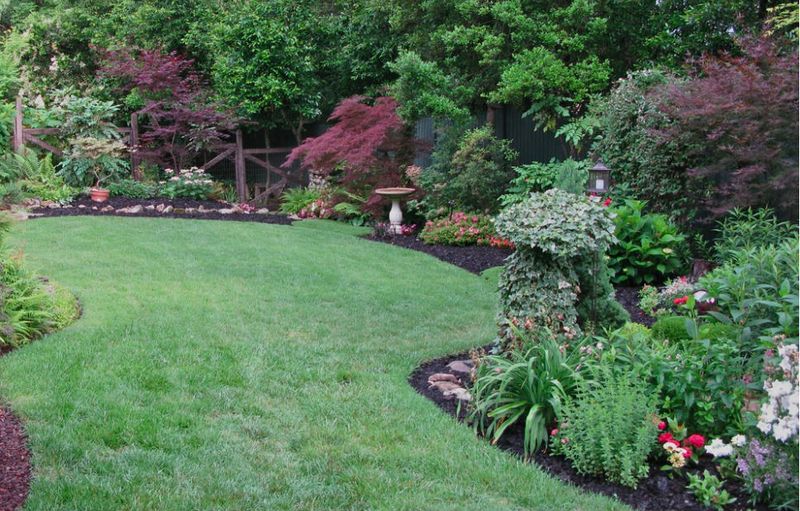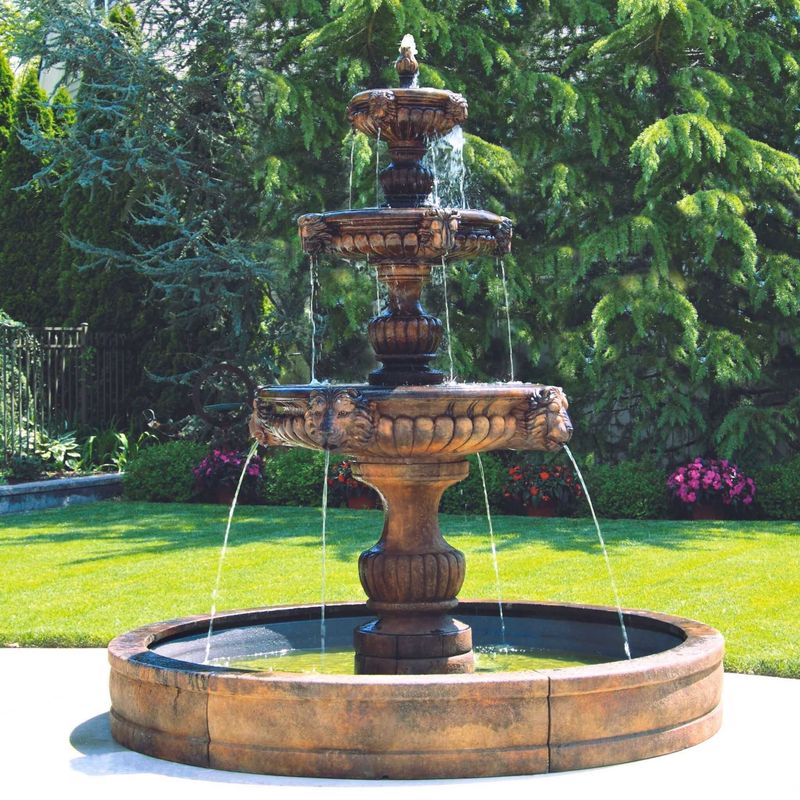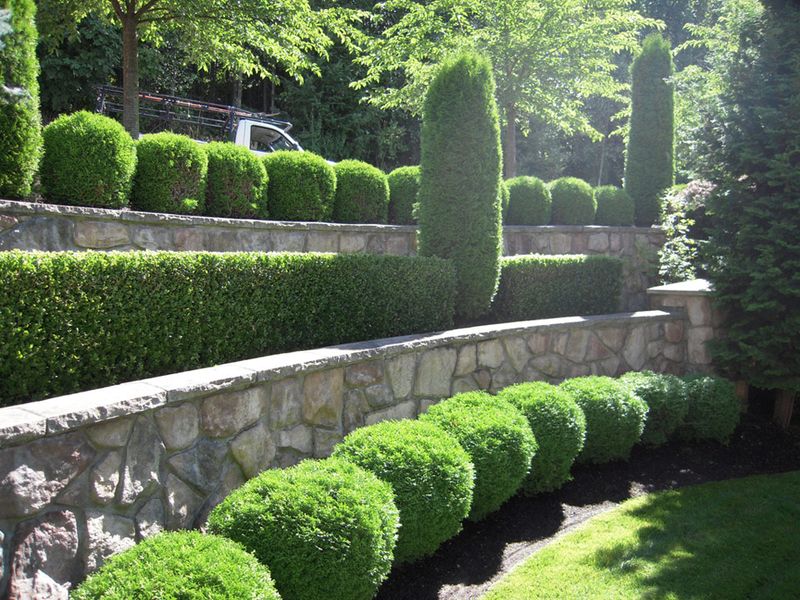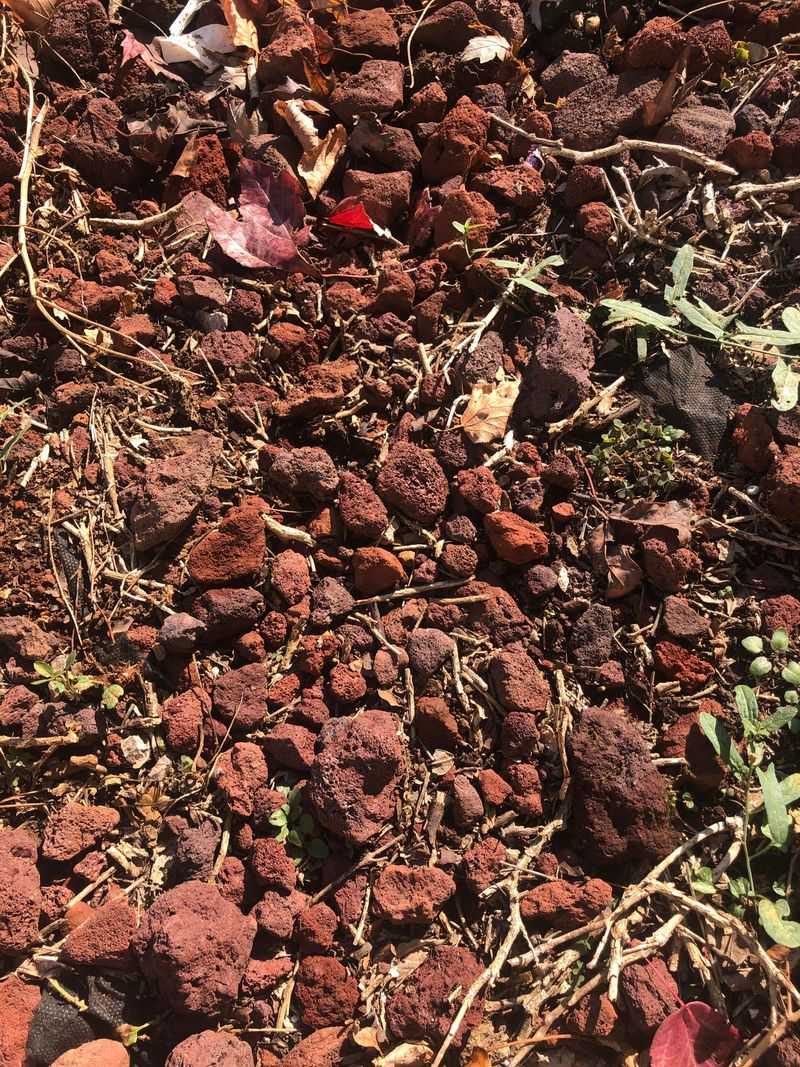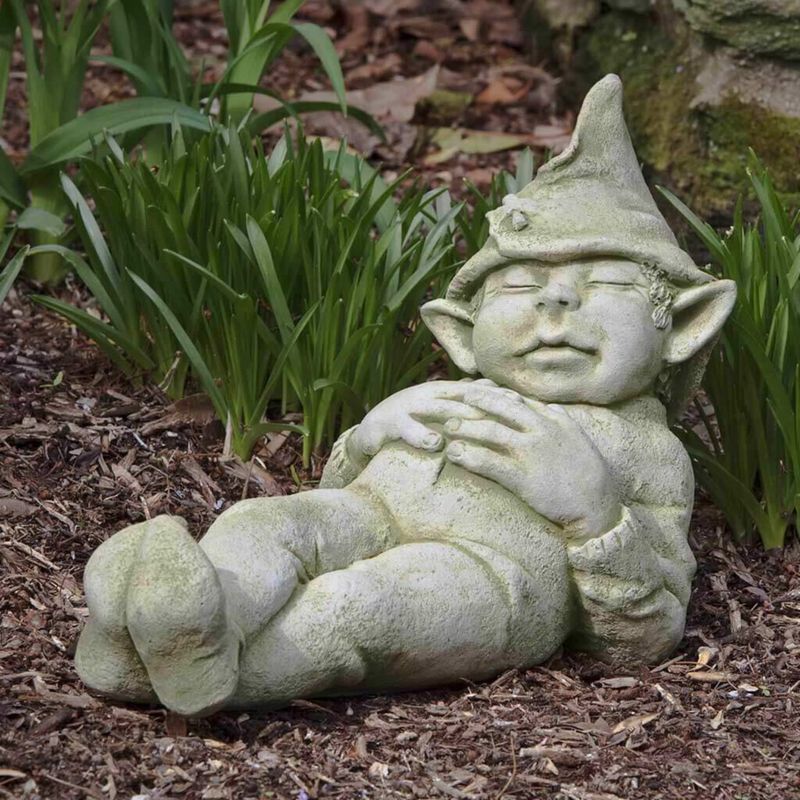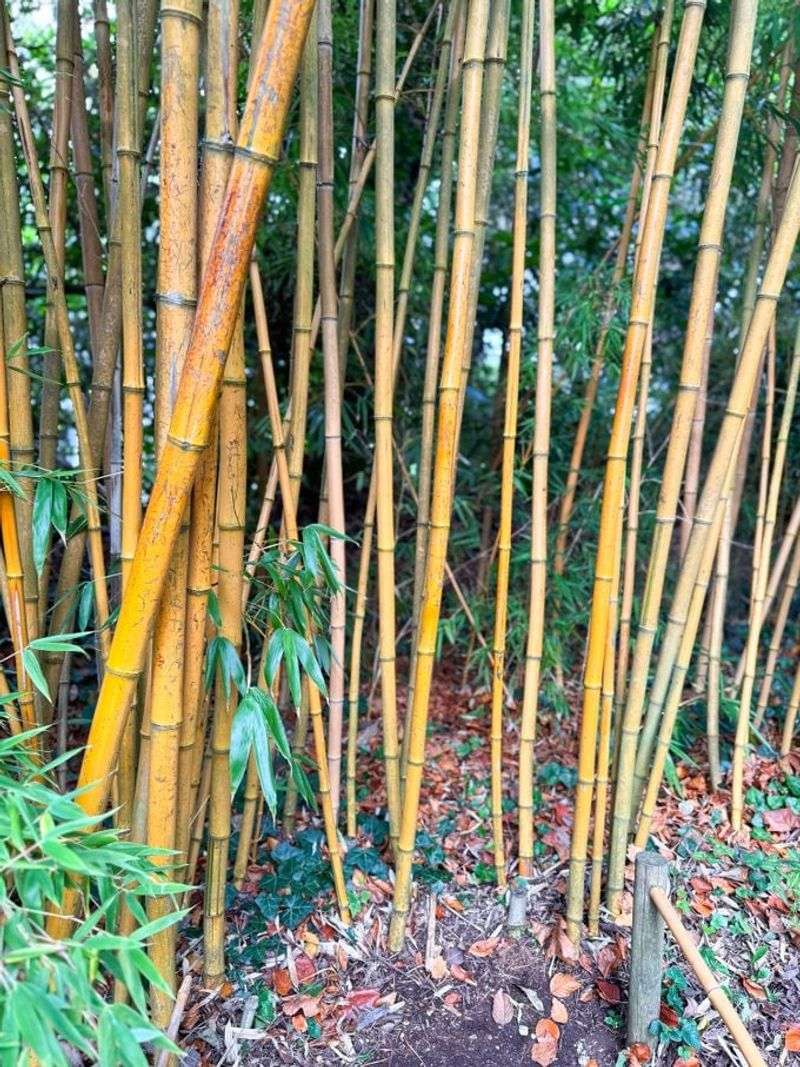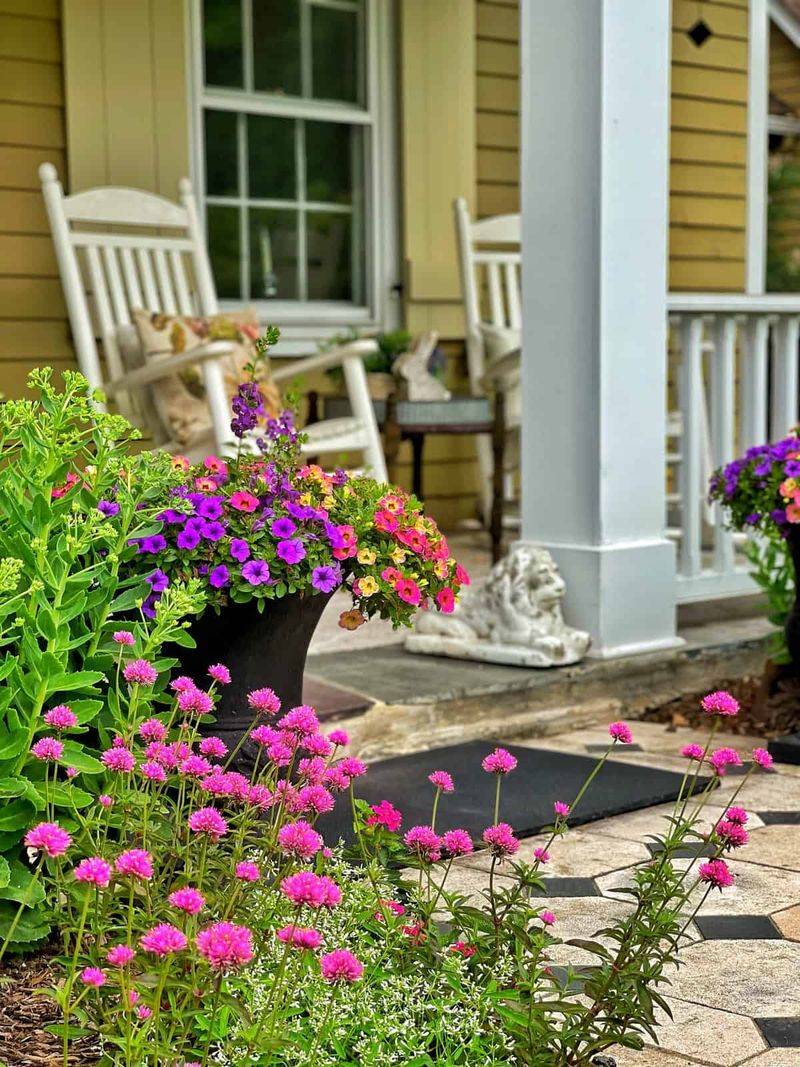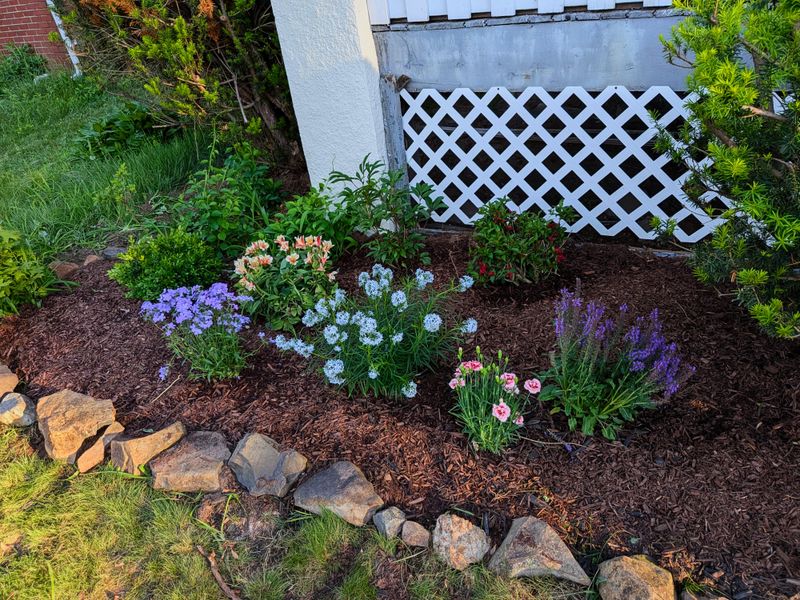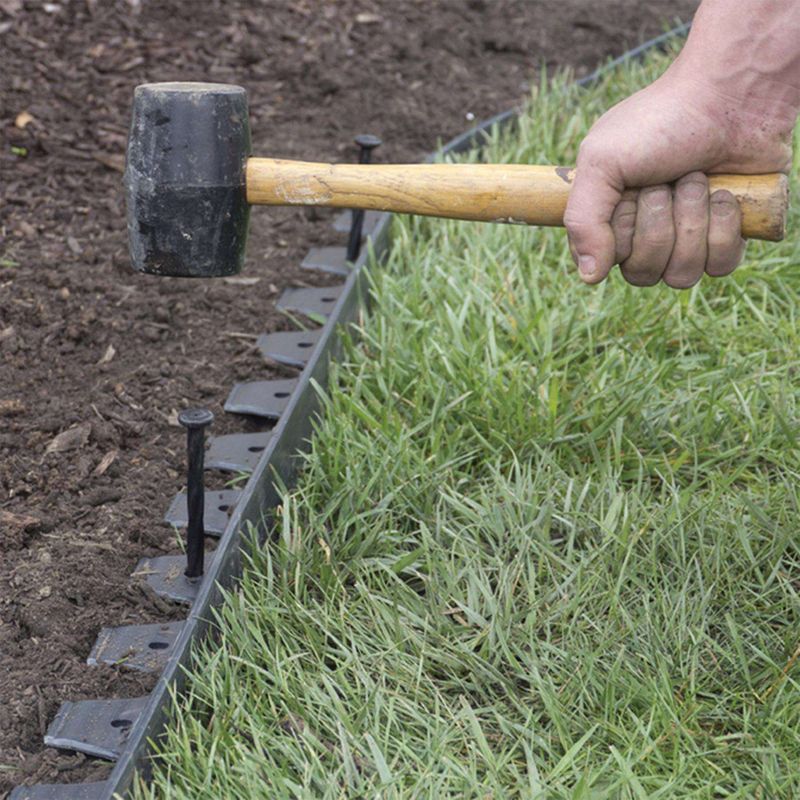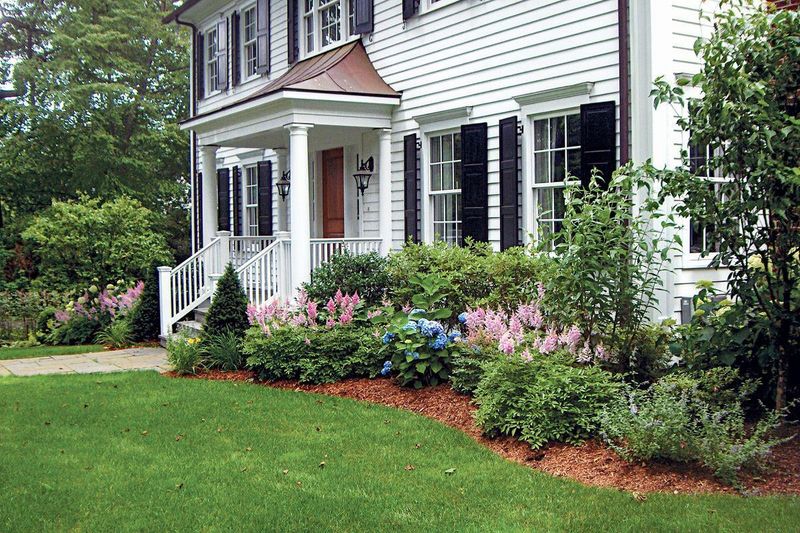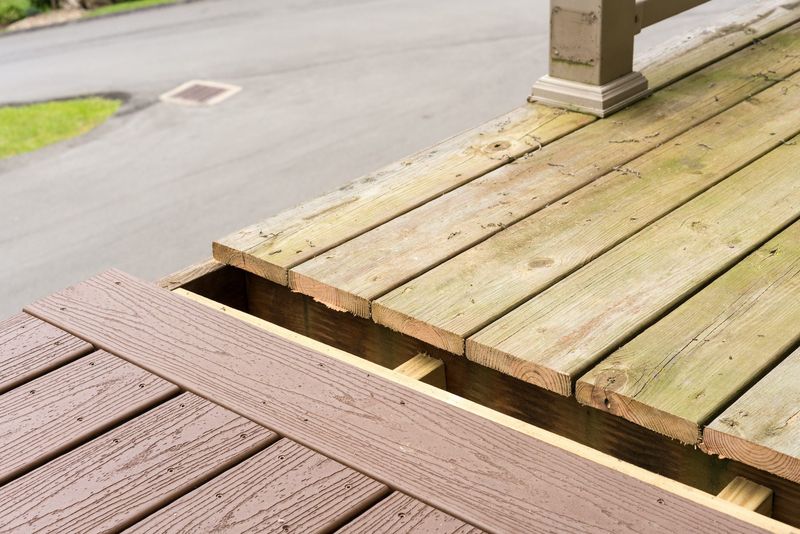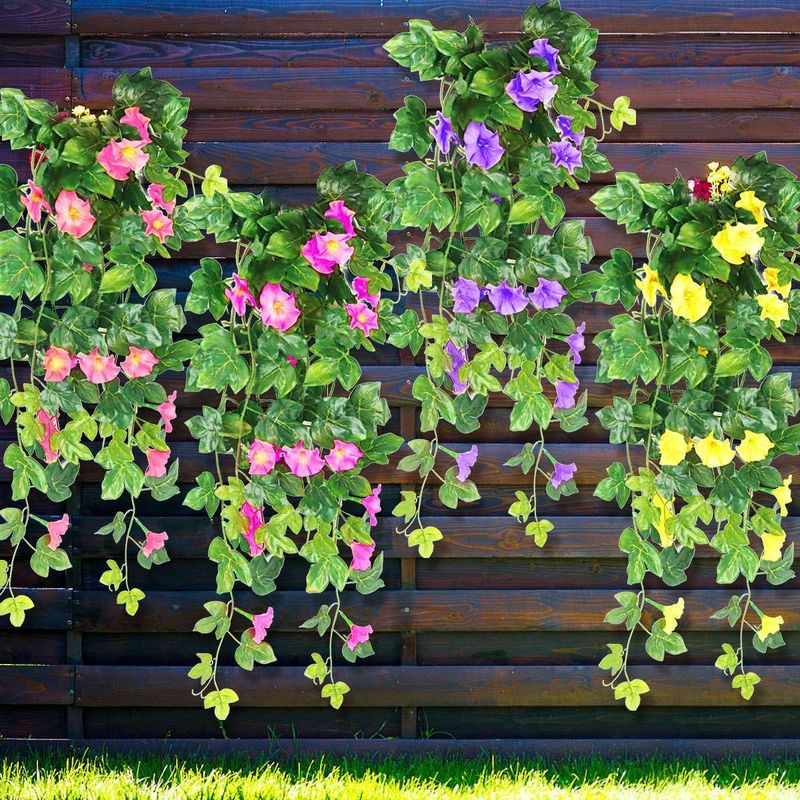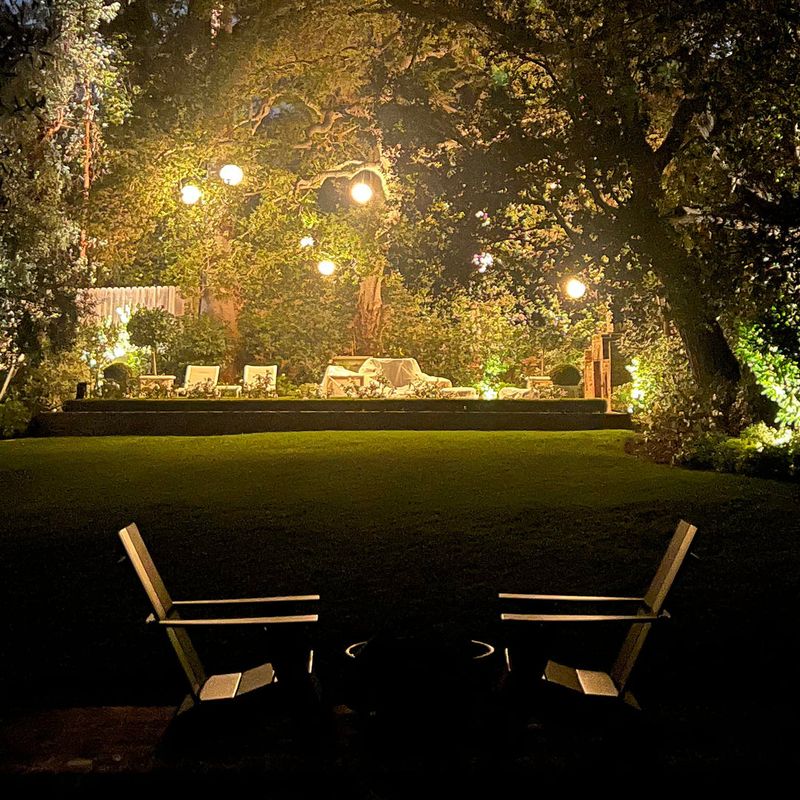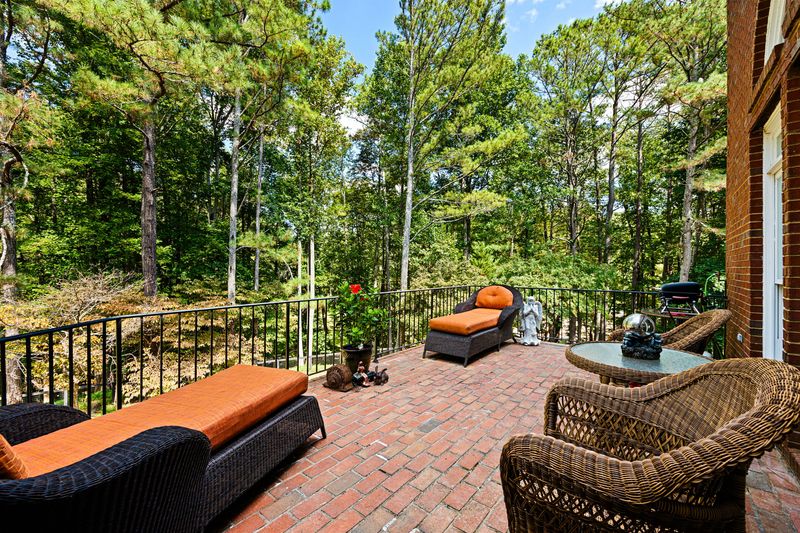New Jersey yards have gone through a glow-up in recent years, and what once passed for trendy now often feels tired. Old-school features like cracked concrete patios, oversized decks, or sparse plantings can weigh down both your curb appeal and your property’s value.
High-maintenance lawns, dated hardscapes, and mismatched materials are being swapped for native plants, eco-friendly designs, and cozy gathering spaces. Think permeable pavers, layered garden beds, and smart lighting that blends charm with function.
Whether you’re prepping to sell or simply want a fresh new vibe, updating your outdoor space with regional-appropriate plants and current styles helps your home shine. It’s not just about looks—it’s about making your yard work smarter for the lifestyle you want.
1. Railroad Tie Retaining Walls
Those chunky railroad ties that once defined garden beds throughout Bergen County are now eyesores. The chemically treated wood leaches harmful substances into your soil over time.
I replaced mine last spring and immediately noticed the difference. The ties had been rotting anyway, creating an uneven, unstable edge that attracted pests.
Natural stone walls or modular concrete blocks make excellent alternatives. They last significantly longer, complement modern home designs, and don’t introduce chemicals into your garden beds.
2. Excessive Lawn Space
Remember when status in New Jersey meant having the biggest, greenest lawn on the block? Those vast grass expanses now seem wasteful and environmentally tone-deaf.
The water bills alone make me cringe thinking about my old setup. Not to mention the hours spent mowing every weekend during summer months.
Consider replacing portions with native plant gardens, ground covers, or outdoor living spaces. Jersey’s unpredictable climate makes native plantings smart choices – they thrive with minimal care while supporting local wildlife and reducing maintenance.
3. Ornate Italian Fountains
Those elaborate multi-tiered fountains that were all the rage in the 90s now look fussy and out of place in most New Jersey yards. The constant maintenance and cleaning requirements make them more burden than beauty.
My neighbor finally removed hers after five years of fighting algae and calcium buildup. Jersey’s humidity and temperature swings are particularly tough on these structures.
Simple water features like bubbling stone columns or small reflection pools provide the soothing sound of water without the maintenance headache. They blend better with contemporary landscapes while still creating that peaceful ambiance.
4. Perfectly Symmetrical Hedges
Formal, tightly clipped box hedges arranged in perfect symmetry once dominated upscale Jersey neighborhoods. These high-maintenance throwbacks demand constant trimming and look stiff in today’s more relaxed outdoor spaces.
Honestly, I never understood the appeal of these regimented rows that need reshaping after every storm. They’re particularly problematic during our harsh winters when snow and ice damage is common.
Loosely grouped native shrubs offer similar structure with natural flow. Plants like bayberry, inkberry holly, and sweet pepperbush provide beautiful texture, seasonal interest, and wildlife benefits without the constant pruning sessions.
5. Red Lava Rock Mulch
Those bright red volcanic rocks that dominated 80s landscaping stick out like a sore thumb in today’s yards. The unnatural color clashes with nearly everything and actually heats up soil excessively during our already hot Jersey summers.
Pulling these stones from my parents’ old garden beds was a weekend project I’ll never forget. They had been there for decades and had sunk partially into the soil.
Natural wood mulch, pine straw, or even decorative river stones provide better soil protection. These options complement rather than compete with your plants while improving soil health through gradual decomposition.
6. Concrete Garden Gnomes
Those armies of concrete gnomes and woodland creatures that once populated Jersey gardens now look kitschy and dated. The faded paint and chipped surfaces collect in forgotten corners, gathering moss and spider webs.
When I moved into my Montclair home, I inherited a collection that had seen better days. Finding them new homes was surprisingly difficult – nobody wanted them!
Modern garden art featuring clean lines, interesting materials like metal or glass, or locally-made sculptures add personality without the tacky factor. One well-chosen piece makes more impact than a dozen mass-produced figurines.
7. Invasive Bamboo Screens
Running bamboo was once the go-to for quick privacy screens throughout the Garden State. Now it’s the nightmare that keeps spreading, invading neighboring properties and destroying underground pipes and foundations.
A friend in Princeton is still dealing with bamboo removal costs after years of battling an inherited stand. The legal disputes with neighbors added even more stress.
Native evergreen shrubs like inkberry holly or Eastern red cedar create effective screens without the invasive tendencies. For faster results, install a living fence using native vines on sturdy trellises – beautiful, contained, and much more neighborhood-friendly.
8. Chemical-Dependent Pest Control
The old approach of blanket-spraying chemicals to eliminate every insect is thankfully fading away. These outdated methods destroy beneficial insects and can harm pets, wildlife, and even your family.
My own yard transformed dramatically when I stopped the chemical cycle. The bird population exploded, and surprisingly, my pest problems actually decreased over time.
Integrated pest management using native plants that attract beneficial insects creates natural balance. Strategic plantings of pest-repelling herbs like rosemary and lavender around seating areas help manage mosquitoes without the toxic aftermath of chemical foggers.
9. Water-Hungry Annual Beds
Those high-maintenance beds of thirsty annual flowers that need replacing every season are resource drains in our increasingly drought-prone region. The constant replanting, fertilizing, and watering cycle feels outdated in today’s climate-conscious world.
Calculating what I spent yearly on flats of impatiens was eye-opening. Not to mention the hours spent planting and maintaining them through our hot summers.
Perennial native flower beds require minimal maintenance once established and return year after year. Plants like coneflower, black-eyed Susan, and bee balm offer months of color while supporting pollinators and standing up to Jersey’s unpredictable weather patterns.
10. Plastic Edging
Those black plastic borders that once defined every suburban Jersey flower bed now look cheap and artificial. They constantly pop up from freeze-thaw cycles, creating tripping hazards and maintenance headaches throughout our seasonal changes.
Pulling out the brittle, sun-damaged plastic from my garden borders was surprisingly satisfying. Most pieces snapped into jagged fragments during removal.
Natural stone, steel, or even trench edges provide cleaner, more sophisticated transitions between lawn and garden. These alternatives stay put through winter heaving and complement contemporary landscape designs while actually saving maintenance time.
11. Single-Species Foundation Plantings
Those rows of identical yews or junipers planted in straight lines against house foundations scream 1980s suburban design. These monotonous plantings offer little visual interest and become disease magnets when packed too closely together.
The previous owners of my Summit home left me with a wall of overgrown yews that blocked windows and created a dreary, dark feeling inside.
Layered plantings with diverse native shrubs, perennials, and ornamental grasses create depth and year-round interest. Varying heights, textures, and bloom times transform static foundation plantings into dynamic garden spaces that enhance rather than hide your home’s architecture.
12. Outdated Deck Materials
Pressure-treated lumber decks with their characteristic greenish tint have fallen out of favor in modern Jersey backyards. They splinter easily, require constant maintenance, and contain chemicals that many homeowners now prefer to avoid.
My deck in Morris County needed refinishing every other year, and even then, it looked worn between treatments. The constant upkeep became a dreaded annual chore.
Composite decking materials have revolutionized outdoor living spaces. These low-maintenance alternatives resist fading, splintering, and insect damage while offering the warmth of wood without the upkeep. Many newer options include recycled materials for eco-conscious homeowners.
13. Artificial Garden Décor
Those plastic flowers, synthetic butterflies, and faux garden accents that once dotted Jersey gardens now look tacky and environmentally tone-deaf. The colors fade quickly in our strong summer sun, leaving behind sad, weathered versions of their former selves.
Cleaning out my aunt’s Toms River garden revealed dozens of these items, all sun-bleached beyond recognition. They had become more eyesore than accent.
Natural elements like driftwood, interesting stones, or repurposed vintage garden tools add authentic character. Creating habitat features that attract real butterflies and birds brings genuine life and movement to your outdoor space.
14. Excessive Outdoor Lighting
The over-illuminated backyards with dozens of path lights, flood lights, and accent fixtures waste energy and contribute to light pollution. This outdated approach to landscape lighting disrupts wildlife patterns and can actually decrease security by creating harsh shadows.
I reduced my own lighting by half last year and was surprised how much more pleasant and natural the yard feels at night. The local fireflies even made a comeback!
Strategic, downward-facing LED fixtures with warm tones highlight key features without the airport runway effect. Solar options eliminate wiring headaches while motion sensors provide security lighting only when needed, respecting both your electric bill and nocturnal wildlife.
15. Isolated Patio Islands
Those floating concrete patio slabs disconnected from the house were standard in older Jersey homes. These isolated outdoor spaces often sit unused because they feel detached from the flow of indoor-outdoor living that defines modern lifestyles.
The standalone patio in my backyard became a storage spot for unused furniture rather than a gathering space. It never felt connected to the home.
Integrated outdoor rooms that extend from the house create natural transitions between indoors and out. Pergolas, outdoor kitchens, and comfortable seating zones transform backyards into true living spaces that complement New Jersey’s distinct seasons and enhance how you actually use your property.

